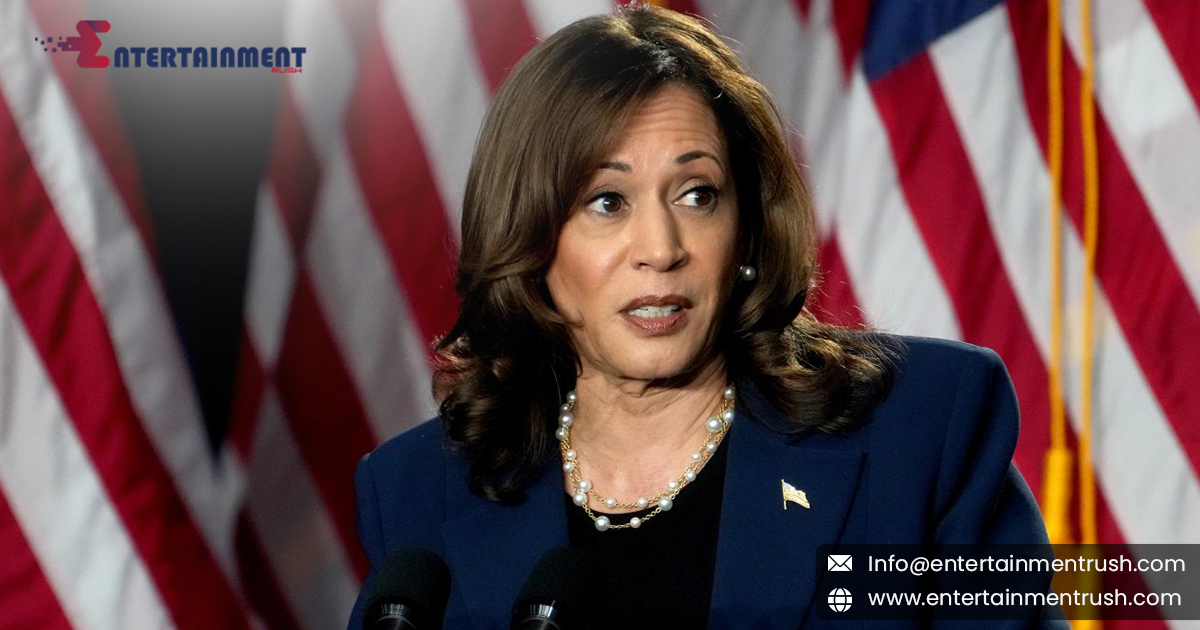In the world of political campaigns, a single debate can significantly influence public perception and donor enthusiasm. This was particularly evident when Kamala Harris’s campaign experienced an unprecedented financial boost of $47 million within just 24 hours following a recent high-stakes debate. This substantial influx of funds not only highlights the immediate impact of the debate but also sets the stage for a deeper analysis of what this means for the campaign and the broader political landscape.
The Debate’s Influence
Debates are pivotal moments in any election cycle, offering candidates a platform to display their policies, address critical issues, and connect with voters. For Kamala Harris, the recent debate was a turning point that galvanized supporters and spurred a remarkable financial response. The $47 million raised in such a short period underscores the debate’s effectiveness in energizing both existing supporters and new donors.
Several factors contributed to this financial surge:
Performance in the Debate:
Harris’s performance during the debate was likely a key factor in the spike in donations. Demonstrating strong leadership, clarity of vision, and the ability to handle pressing questions can resonate deeply with viewers, translating into increased financial support.
Media Coverage and Publicity:
Extensive media coverage of the debate and its aftermath played a crucial role in amplifying the campaign’s message. Positive media narratives and widespread discussion can lead to heightened interest and engagement from potential donors.
Emotional Appeal and Messaging:
The debate may have included compelling arguments and emotional appeals that connected with voters on a personal level. Such connections often drive individuals to contribute financially to a campaign they feel passionately about.
Campaign Momentum:
The surge in donations reflects a broader trend of increased momentum for the Harris campaign. This influx of funds not only boosts the campaign’s immediate financial resources but also signals growing support and optimism among voters and donors.
Implications for the Campaign
The $47 million windfall provides Kamala Harris’s campaign with several strategic advantages:
Enhanced Campaign Operations: With a substantial increase in funding, the campaign can expand its operations, invest in targeted advertising, and enhance its outreach efforts. This financial boost enables the campaign to reach more voters through various channels, including digital ads, grassroots organizing, and media buys.
Increased Visibility and Influence:
The additional funds can be used to bolster Harris’s visibility and influence in key battleground states. This includes funding rallies, voter registration drives, and strategic endorsements, all of which can contribute to building a stronger campaign presence.
Strategic Flexibility:
A significant influx of funds provides the campaign with greater flexibility to adapt its strategy based on evolving political dynamics. It allows for quick responses to emerging issues, shifts in voter sentiment, and competitive challenges from other candidates.
Momentum Building:
The surge in donations can create a positive feedback loop, where increased financial resources lead to more effective campaigning, which in turn attracts even more support. This momentum can be a powerful asset as the campaign moves forward.
Broader Political Context
The dramatic increase in funding for Harris’s campaign reflects broader trends in political fundraising and the influence of high-profile debates. It highlights the growing role of media, public perception, and emotional engagement in shaping political contributions.
Additionally, this financial surge underscores the competitive nature of the current election cycle, where candidates must continuously engage with voters and respond to dynamic political environments. As campaigns become increasingly driven by financial resources and media visibility, the ability to harness these elements effectively becomes crucial to electoral success.
Conclusion
The $47 million poured into Kamala Harris’s campaign within 24 hours after the debate is a testament to the powerful intersection of performance, media influence, and donor engagement in modern political campaigns. This substantial boost not only enhances the campaign’s immediate capabilities but also sets the stage for an intensified and competitive election cycle. As the campaign continues to capitalize on this momentum, it will be essential to maintain strategic focus and leverage the newfound resources to maximize impact and voter support.
